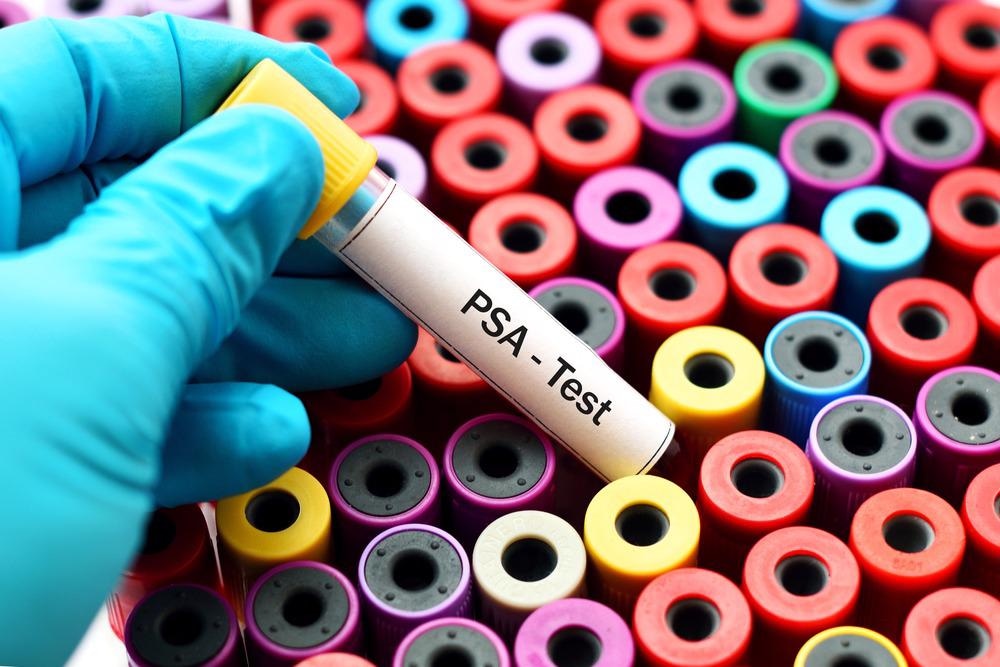Prostate cancer remains one of the most common cancers among men, with a higher prevalence in middle age and beyond. Given its often slow-growing nature, early detection through screening can be a pivotal factor in successfully managing and treating the disease. Here, we delve into the latest screening recommendations, aiming to empower men with the knowledge to make informed decisions about their health.
The Importance of Prostate Cancer Screening
Screening for prostate cancer is essential because early-stage prostate cancer typically presents no symptoms. It’s often only when the cancer has grown or spread that symptoms become noticeable, at which point treatment becomes more complex. Early detection can lead to interventions that are not only more effective but also less invasive.
Recommended Age for Screening
The recommended age to begin prostate cancer screening has been a topic of debate among health professionals. However, most agree that discussions about screening should start between the ages of 45 to 50 for most men. For those with higher risk factors, such as a family history of prostate cancer or African American men, the conversation should start earlier, around the age of 40.
Screening Tests
Prostate-Specific Antigen (PSA) Test
The PSA test is the most common screening tool for prostate cancer. It measures the level of prostate-specific antigen in the blood, with higher levels suggesting a higher likelihood of prostate cancer. However, elevated PSA levels can also be due to other conditions, such as an enlarged prostate or a prostate infection.
Digital Rectal Exam (DRE)
The DRE is a physical examination where a healthcare provider manually checks the prostate gland for abnormalities in shape, size, and texture. This test is less commonly used as a standalone screening tool but can complement the PSA test.
Risks and Benefits of Screening
Benefits
- Early Detection: Screening can identify cancer before symptoms arise, allowing for early and potentially more effective treatment.
- Informed Decision-Making: Knowing one’s PSA levels can help in making informed decisions about further diagnostic testing or treatment options.
Risks
- Overdiagnosis: Screening may identify cancers that are slow-growing and would not have caused any symptoms or problems during a man’s lifetime.
- False Positives/Negatives: Elevated PSA levels may not always indicate cancer (false positive), and normal PSA levels can sometimes miss cancer (false negative).
Guidelines from Health Organizations
Several leading health organizations offer guidelines on prostate cancer screening:
American Cancer Society (ACS)
The ACS recommends that men at average risk of prostate cancer should have a conversation about screening with their healthcare provider at age 50. Men at high risk should have this conversation at age 45, and those at very high risk at age 40.
U.S. Preventive Services Task Force (USPSTF)
The USPSTF recommends individualized decision-making about prostate cancer screening for men aged 55 to 69, weighing the potential benefits and harms. It advises against routine screening for men 70 and older.
World Health Organization (WHO)
The WHO emphasizes informed decision-making and recommends that men considering screening should be fully aware of the potential benefits and harms.
Deciding whether to undergo prostate cancer screening is a personal choice that should be made based on an individual’s risk factors, values, and discussions with healthcare professionals. Middle-aged men, particularly those at higher risk, should engage in open conversations with their doctors about the benefits and risks of screening. By staying informed and proactive about their health, men can better navigate the complexities of prostate cancer screening and make choices that best suit their health and lifestyle.

